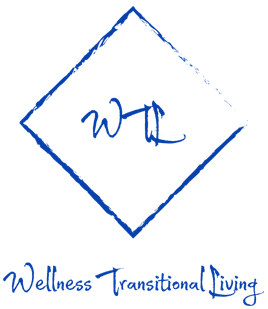“Science has taught us that stress cues linked to the drug use (such as people, places, things, and moods), and contact with drugs are the most common triggers for relapse.”
NATIONAL INSTITUTE ON DRUG ABUSE
What is Sober Living?
A sober living home is a setting that houses people in early recovery who need help building the structure in their lives needed to acquire and maintain continuous, long-term sobriety. The main goal of the sober living home is to help someone transition from being in a treatment center to living on their own. Sober living is the next step someone should incorporate in their treatment plan when they have successfully completed an inpatient treatment facility. Additionally, sober living is great for people who are looking for a safe place to live as they build a foundation for their recovery.
Why Sober Living?
Sober living is a safe and structured environment that allows individuals the ability to transition into day-to-day functioning while being held accountable. Addiction is a family disease that takes time to heal. Most loved ones are our biggest enablers. Sober living allows both the person afflicted by the disease and the family time to work on themselves and slowly integrate with each other. A good sober living home will also be able to enforce rules and identify negative behaviors more freely compared to the family environment because of the separation of emotion.
Quick Facts on Addiction
- According to the National Survey on Drug Use and Health (NSDUH), 21.5 million American adults (aged 12 and older) battled a substance use disorder in 2014.
- Almost 80 percent of individuals suffering from a substance use disorder struggled with alcohol, and over 7 million Americans battled with drug use, per NSDUH.
- The Substance Abuse and Mental Health Services Administration (SAMHSA) publishes that in 2014, almost 8 million American adults battled both a mental health disorder and a substance use disorder, or co-occurring disorders.

Addiction Treatment
- In 2013, only 10.9 percent of the individuals who needed treatment in a specialized facility for a substance use or dependency concern actually received it (NSDUH).
- Over 115,000 Alcoholics Anonymous (AA) groups exist in more than 175 countries around the world, serving more than 2 million members.
- Opiates accounted for almost a quarter of all substance abuse treatment admissions in 2010, per the Treatment Episode Data Set.
- Most of the people who need treatment for addiction, but don’t get it, don’t feel they need it. NSDUH reports that in 2013, more than 95 percent of those who needed specialty substance abuse treatment, and didn’t receive it, didn’t think they needed it.
- Relapse is common in addiction treatment, with relapse rates being between 40 and 60 percent (National Institute on Drug Abuse). This rate is very similar to rates of relapse with other chronic diseases like hypertension, asthma, or type I diabetes.
- Addiction is considered a highly treatable disease, and recovery is attainable. About 10 percent of Americans (adults who were at least 18 years old) claim to be in recovery from an alcohol or drug abuse issue, the New York State Office on Alcoholism and Substance Abuse Services publishes.
